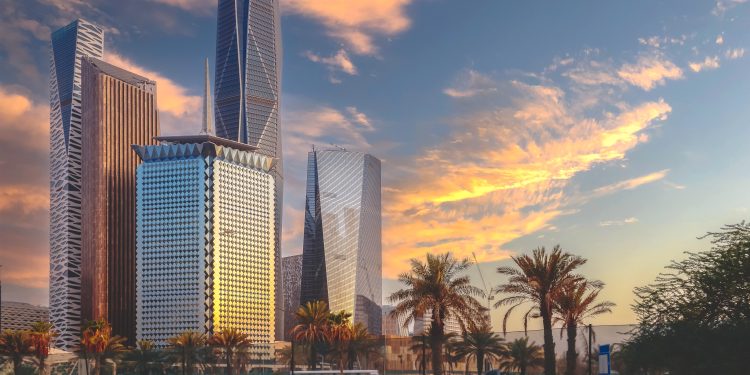Market Momentum Surges in Saudi Arabia
The stock market in Saudi Arabia experienced a sharp increase, marking a 2.6% rise – its most significant upswing in almost a year, propelled by robust growth across a spectrum of sectors.
Unpacking the Market Rally
This market uptrend in Saudi Arabia signals a growing assurance in diverse industry sectors. Leading the charge, Al Rajhi Bank, renowned as the world’s preeminent Islamic financial institution, saw its shares advance by 3.7%. In a similarly striking development, shares of the oil juggernaut Saudi Aramco went up by 1.8%, following the news of a secondary share offering that’s projected to bring in upwards of $11.2 billion, outstripping the offering price by 5.7%. Moreover, Miahona Holding, a company specializing in water and wastewater management infrastructure, witnessed its shares surge by an astounding 19.8% to 17.9 riyals each, significantly higher than the IPO price of 11.5 riyals.
The Investment Landscape’s Appeal
For markets: Riding the wave of confidence
, investors are converging on Saudi stocks, drawn by across-the-board advancements. Major corporate players such as Al Rajhi Bank and Saudi Aramco are indicative of the heightened liquidity and burgeoning desire for investment. With sectors ranging from banking to infrastructure exhibiting robust growth, Riyadh is increasingly being viewed as a promising arena for diversifying investment portfolios.
The bigger picture: Regional market pulse
presents a varied outlook. While Saudi Arabia’s market thrives, its Middle Eastern counterparts show mixed results. Qatar’s benchmark index has slowly but consistently advanced 0.4% over seven consecutive sessions, buoyed by firms including Industries Qatar and Qatar Gas Transport. In contrast, Egypt’s blue-chip index has slumped by 2.9%, perpetuating its downward trend, with notable losses in Commercial International Bank and Talaat Mostafa Group. Furthermore, Kuwait’s market modestly inched up by 0.1%, whereas Bahrain and Oman’s markets experienced dips of 0.1% and 0.7%, respectively, illustrating the diverse investor morale and economic situations spanning the region.


